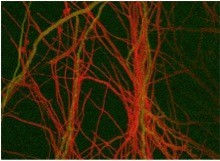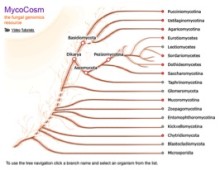Poplar leaf rust fungal genome project on Hoosier Farmers
Poplar leaf rust can cause significant losses in poplar tree plantations. Poplar is an important crop for the wood industry and is becoming increasingly important to the biofuel industry in the United States and Europe because of its rapid and significant production of biomass. Read more on Hoosier Farmers [Read More]



